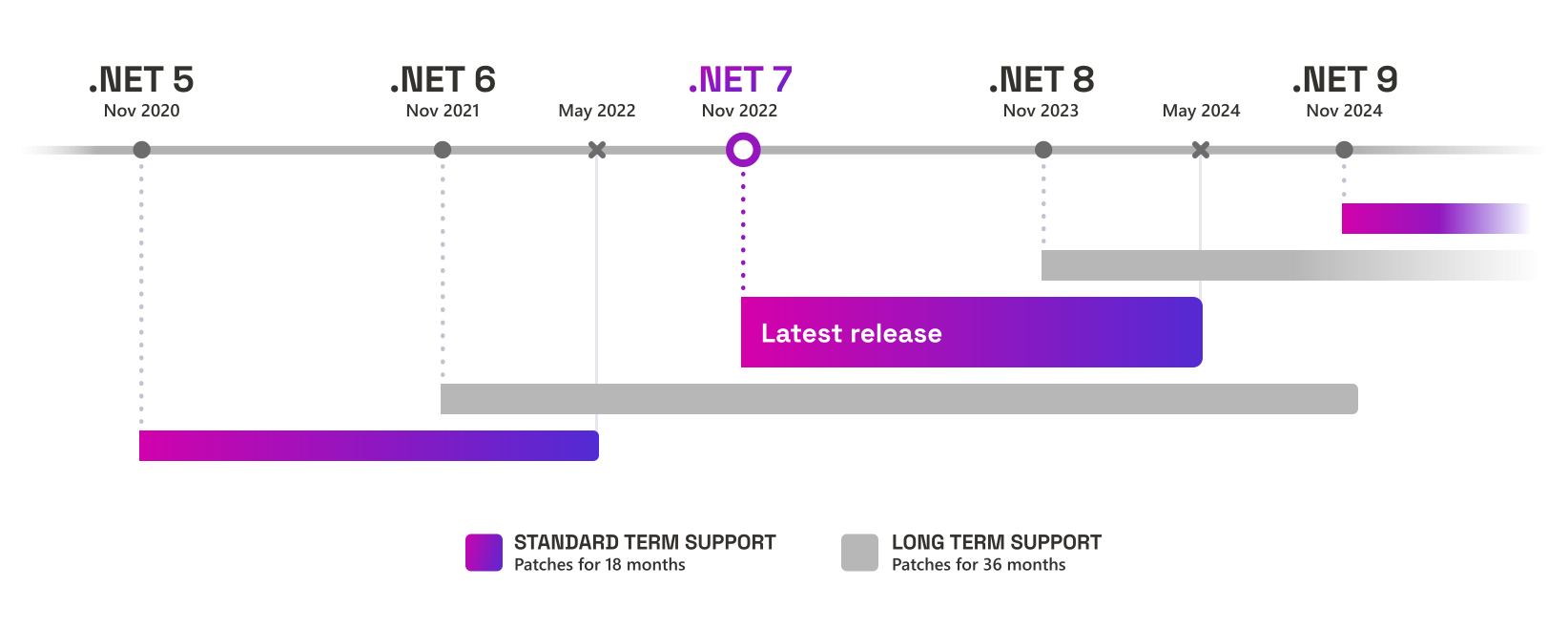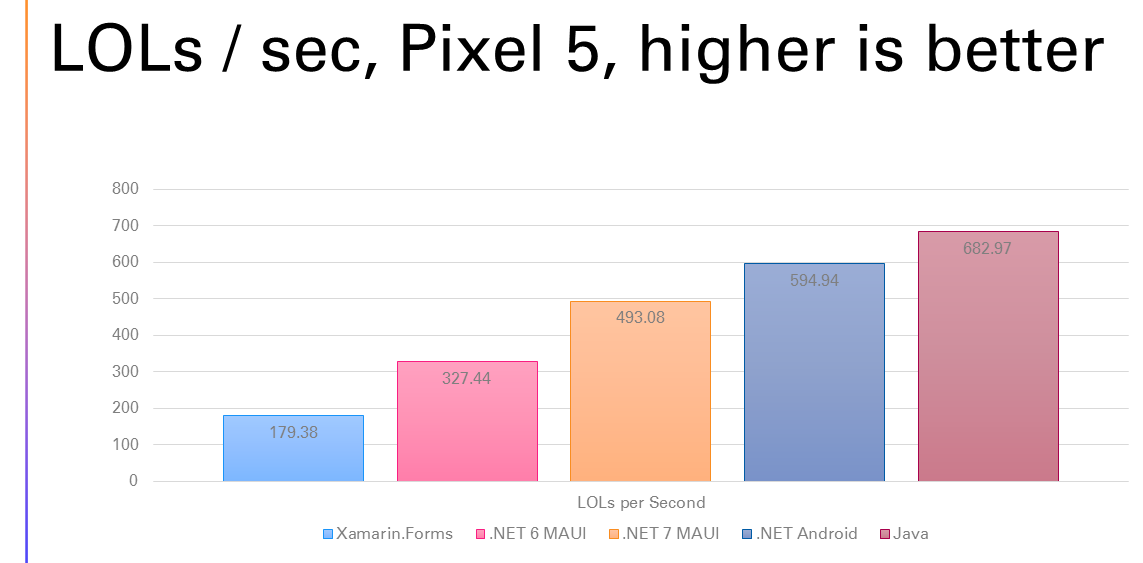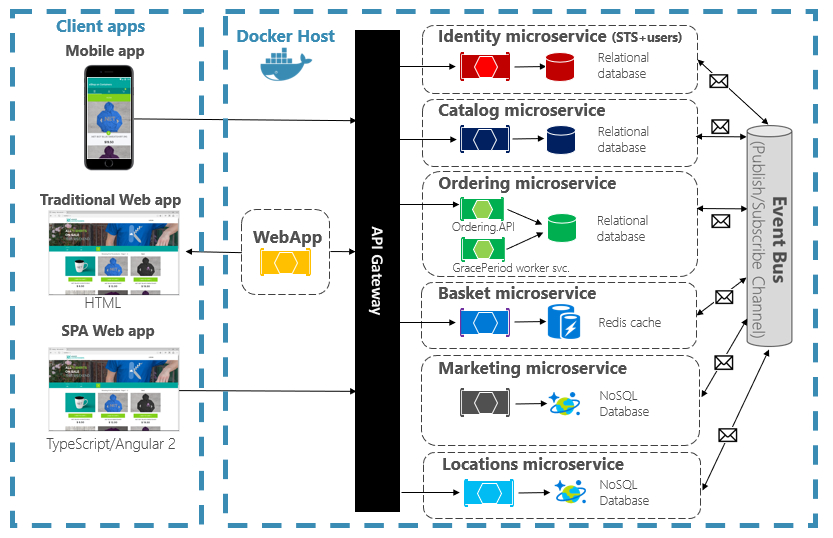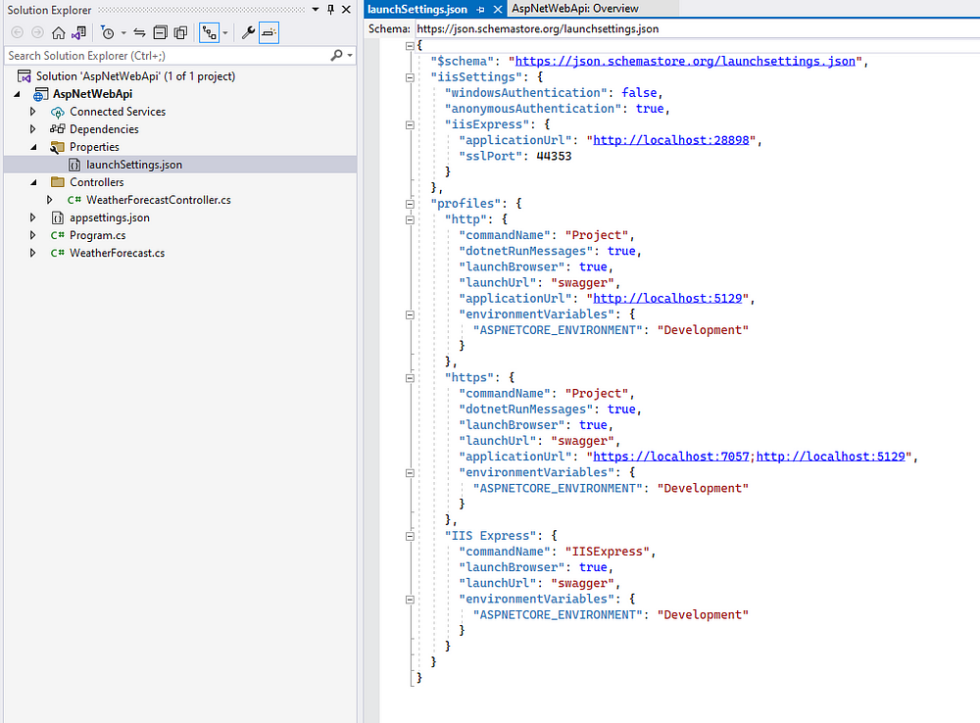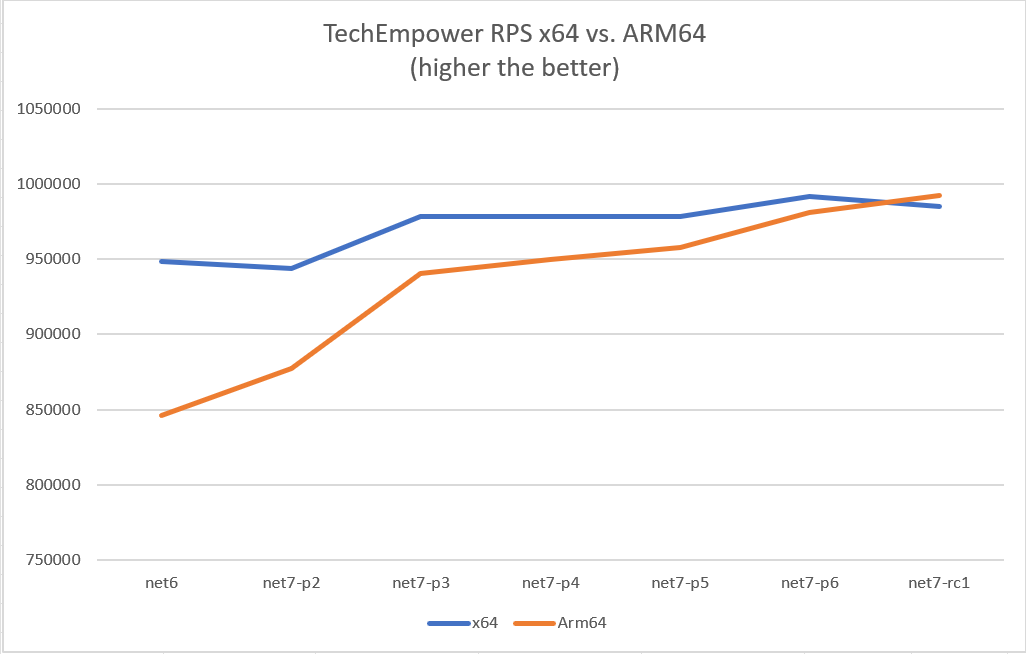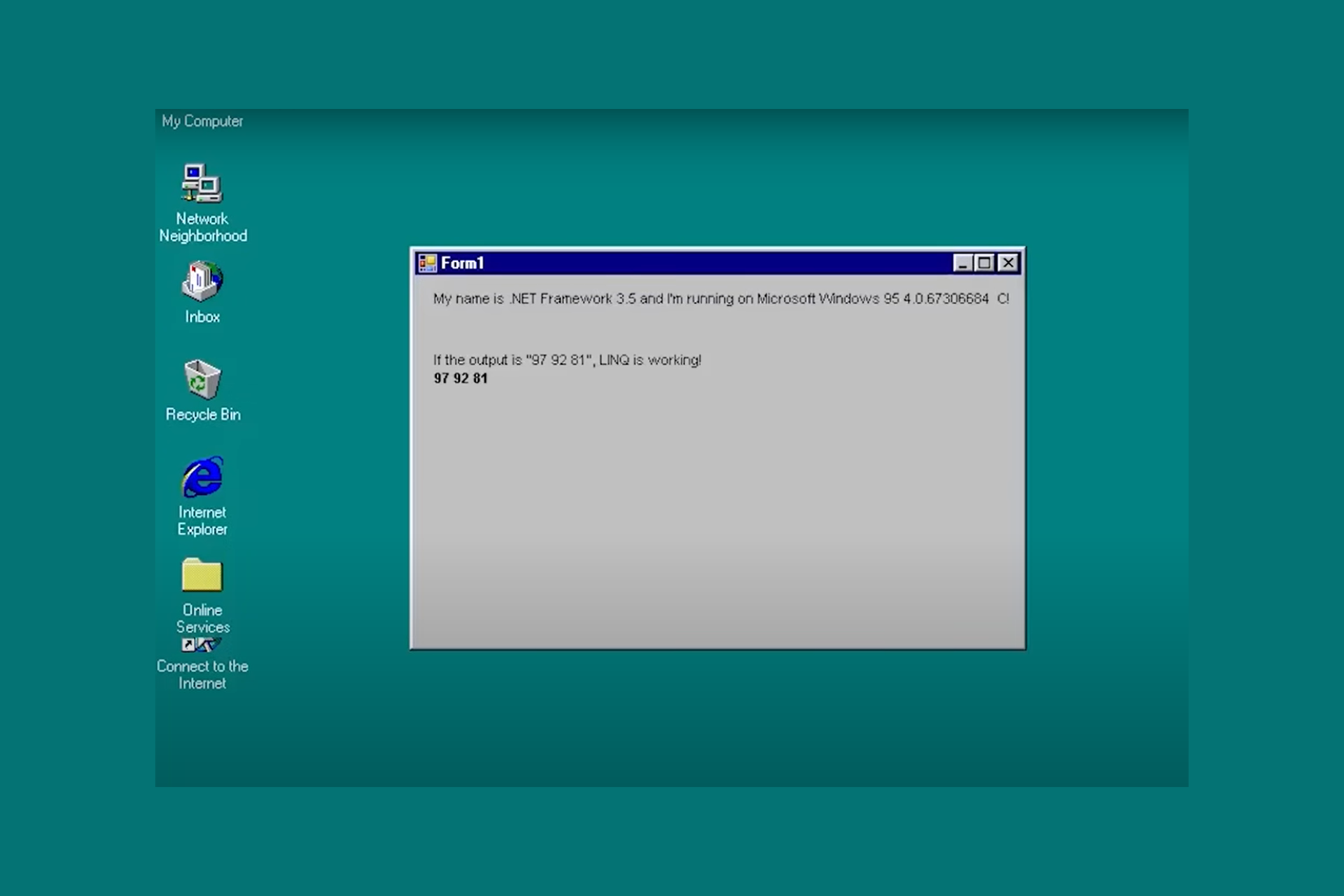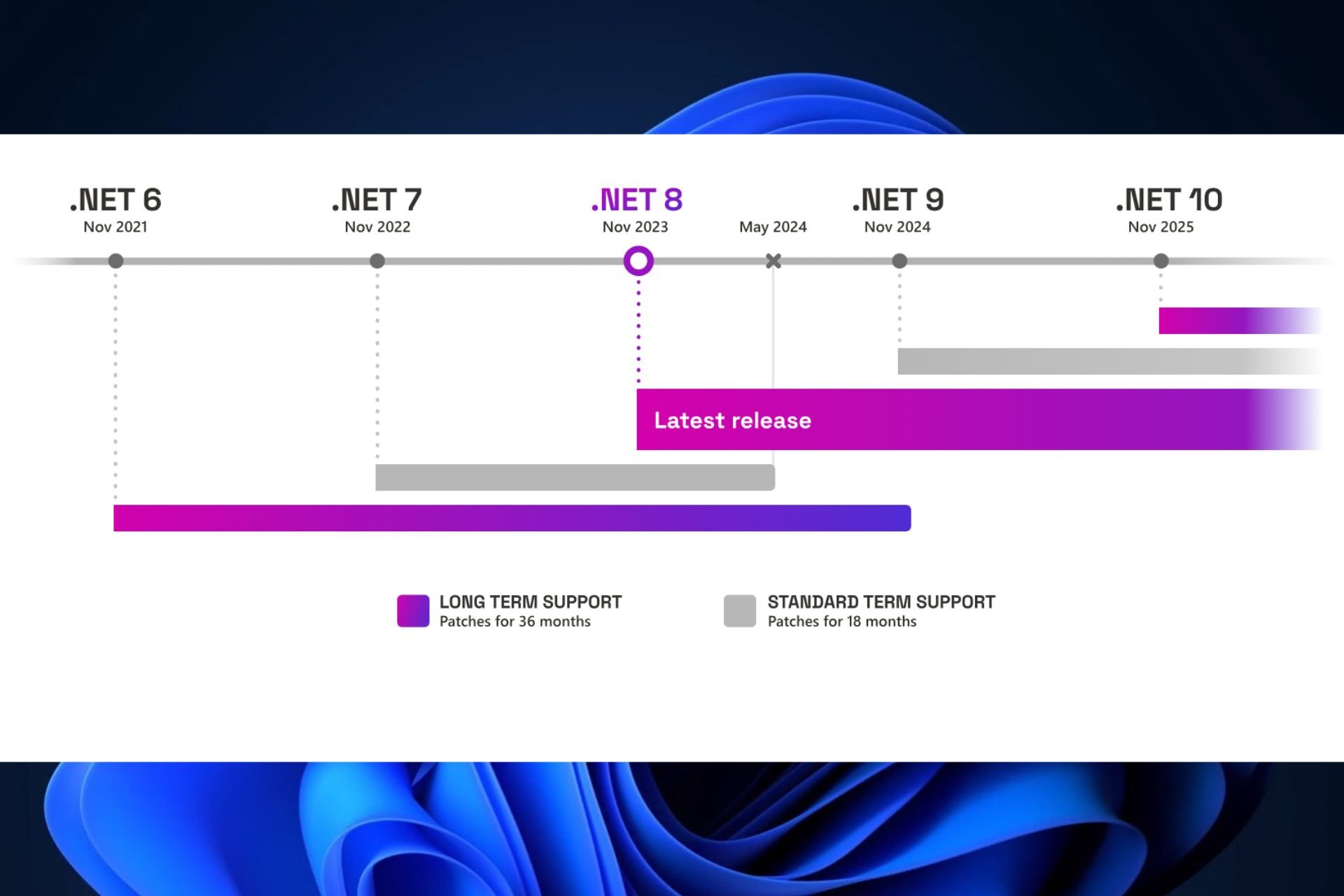.NET 6 Vs .NET 7: Support, Performance & Differences
.NET 7 vs .NET 6, which one is better
5 min. read
Updated on
Read our disclosure page to find out how can you help Windows Report sustain the editorial team Read more
Key notes
- With .NET 6, a new web framework called minimal APIs was launched.
- .NET 7 is the latest release that promises to bring even more exciting features and enhancements to the table.

The world of software development is constantly evolving, and Microsoft’s .NET framework is at the forefront of this evolution. Developers access enhanced features, improved performance, and expanded capabilities with each new release.
In this article, we will explore the battle between .NET 6 and .NET 7, two major framework versions. We will delve into their support, performance, and key differences, helping you decide which version is best suited for your development needs.
.NET 6 Vs. .NET 7: Support & Performance
.NET 6 is the latest long-term support (LTS) version released by Microsoft which introduced various new features and improvements that empower developers to build high-performing and scalable applications.
The successor to .NET 6 is .NET 7, which offers standard-term support (STS) is out. It focuses on being unified, simple, but at the same time, modern and fast.
Let’s discuss both frameworks in detail to understand more about them.
1. Support
Support is a critical factor when selecting a version of the .NET framework. It ensures that developers receive updates, bug fixes, and security patches to maintain the stability and security of their applications.
.NET 6 is Microsoft’s latest long-term support (LTS) version. As an LTS version, it guarantees long-term support for an extended period.
This makes it ideal for production applications requiring stability and long-term maintenance. Microsoft provides regular updates and bug fixes for .NET 6, ensuring developers can rely on a well-supported framework for their projects.
However, .NET 7 is the latest framework and offers standard-term support, which is 18 months from the time of release.
Developers should be aware that new features introduced in .NET 7 may still be in the experimental phase and undergo changes before reaching stability.
2. Performance
Performance is a crucial aspect of any framework, as it directly impacts the responsiveness and efficiency of applications.
.NET 6 introduces significant performance improvements compared to its predecessors. It optimizes startup times, reduces memory footprint, and improves just-in-time (JIT) compilation.
These enhancements result in faster application initialization, reduced memory consumption, and improved performance.
Developers can expect smoother user experiences and better application responsiveness with .NET 6.
With .NET 7, performance is the main focus, and many enhancements are made to achieve better performance.
Profile-guided optimization (PGO) now works with On Stack Replacement & is easier to enable, and it can also instrument and optimize additional things.
Native AOT (Ahead-of-time) produces a standalone executable in the target platform’s specific file format with no external dependencies.
This means reduced startup time, self-contained deployment, less memory and disk usage, and access to restricted platforms.
What are the differences between .NET 6 and .NET 7?
1. Native application development
One of the notable differences between .NET 6 and .NET 7 is the introduction of the general availability of the .NET MAUI (Multi-platform App UI) framework in .NET 7.
MAUI enables developers to build native applications on multiple mobile, desktop, and web platforms. This framework streamlines cross-platform development and maximizes code sharing.
2. Language and tooling enhancements
Both versions have introduced enhancements to the C# language and productivity tools. However, specific features and improvements are more apparent with .NET 7.
With C# 11, it has introduced new features, including nullable reference types, async streams, and value types. It focuses on making the developer’s tasks easy by making them write less code.
New features such as generic math, object initialization enhancements, and raw string literals are introduced to simplify coding.
3. Containerization and DevOps
.NET 7 aims to provide better integration with container technologies like Docker and Kubernetes, simplifying the containerization of .NET applications.
It also focuses on streamlining the DevOps experience, facilitating the deployment and management of .NET applications in containerized environments.
4. Web application development

While both versions support web application development through ASP.NET Core, .NET 6 introduces features like minimal APIs, HTTP/3 support, and improved performance.
These enhancements improve the development experience for building modern web applications.
However, with .NET 7, Minimal API got a range of improvements, such as endpoint filters and better support for binding query or header parameters.
5. Cloud support
Both versions offer improved integration with cloud platforms such as Azure, AWS, and Google Cloud. However, the specific enhancements vary, and newer cloud-related features are introduced in .NET 7.
.NET 7 helps build serverless and cloud-native apps and includes cloud-oriented APIs and libraries to streamline the development of cloud-based apps and services.
How to choose the right version for your project?
When deciding between .NET 6 and .NET 7 for your project, you should consider the following factors:
1. Stability and support
If stability and long-term support are critical for your project, .NET 6, an LTS version, is the safer choice. It guarantees long-term support and regular updates for an extended period.
However, if you want to leverage the latest cutting-edge features and are willing to adopt a newer version, .NET 7 can offer exciting possibilities.
2. Project timeline
While choosing the version, you must consider your project timeline and release schedule. If you plan to release your application soon, using a stable and well-established version like .NET 6 ensures a smoother development process and minimizes the risk of compatibility issues.
3. New features and innovations
You can make a wise decision by evaluating and understanding the difference between the two versions.
If the upcoming features in .NET 7, such as the MAUI framework or performance improvements, align with your project requirements and can provide a competitive edge, it might be worth considering adopting .NET 7.
In this detailed comparison, we explored the support, performance, and critical differences between .NET 6 and .NET 7. .NET 6, being the latest LTS version, offers long-term support, significant performance improvements, and enhanced web development features.
On the other hand, .NET 7 introduces exciting features like the MAUI framework for native application development and focuses on containerization and DevOps workflows.
When choosing between the two versions, you should consider their project’s requirements, the need for long-term support, performance considerations, and specific feature requirements.
Ultimately, your decision should align with your project goals and the needs of your development team.
Have you made your decision? Which one would you choose? Please feel free to leave your thoughts, tips, and your experience with the subject in the comments section below.

